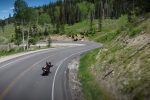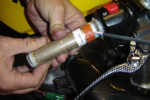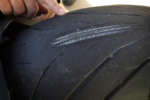A Beginner’s Guide to Motorcycle Shifting
If you’ve never driven a car with a stick shift, the idea of managing a clutch can seem intimidating. You might have heard snarky comments like, “If you can’t figure out a clutch, you shouldn’t ride a motorcycle.” Let’s ignore the gatekeepers for a moment and get to the heart of the matter: understanding the clutch. Whether you’re new to riding or looking to refine your skills, this guide will help you master clutch control and shifting on a motorcycle.
Why Clutches Matter
Motorcycles prioritize simplicity and efficiency. Unlike automatic transmissions in cars, which use a torque converter (think two fans in an oil bath transferring power), motorcycles use manual clutches.
This system connects the engine to the rear wheel through a series of plates pressed together by springs. Squeezing the clutch lever disengages these plates, allowing the engine and transmission to operate independently.
The Basics of Shifting
Motorcycles use a sequential constant mesh transmission.
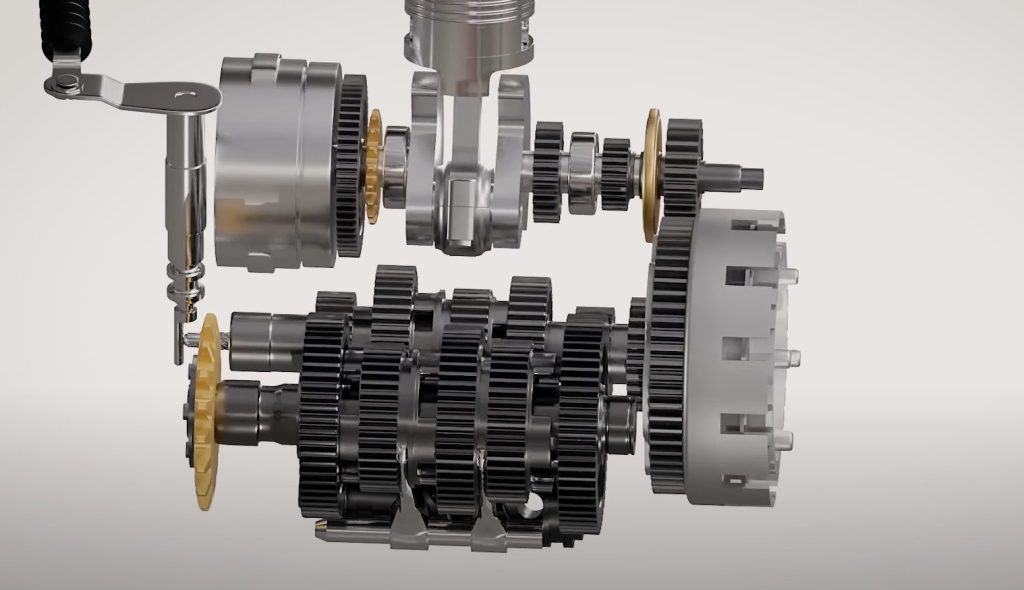
- Constant mesh: All gears are engaged and spinning.
- Sequential: Gears must be shifted in order, either up or down.
The typical shift pattern for most motorcycles is:
- First gear (down)
- Neutral (half-click up)
- Second gear (up)
- Third gear (up)
- Fourth gear (up)
- Fifth gear (up)
- Sixth gear (up, if available).
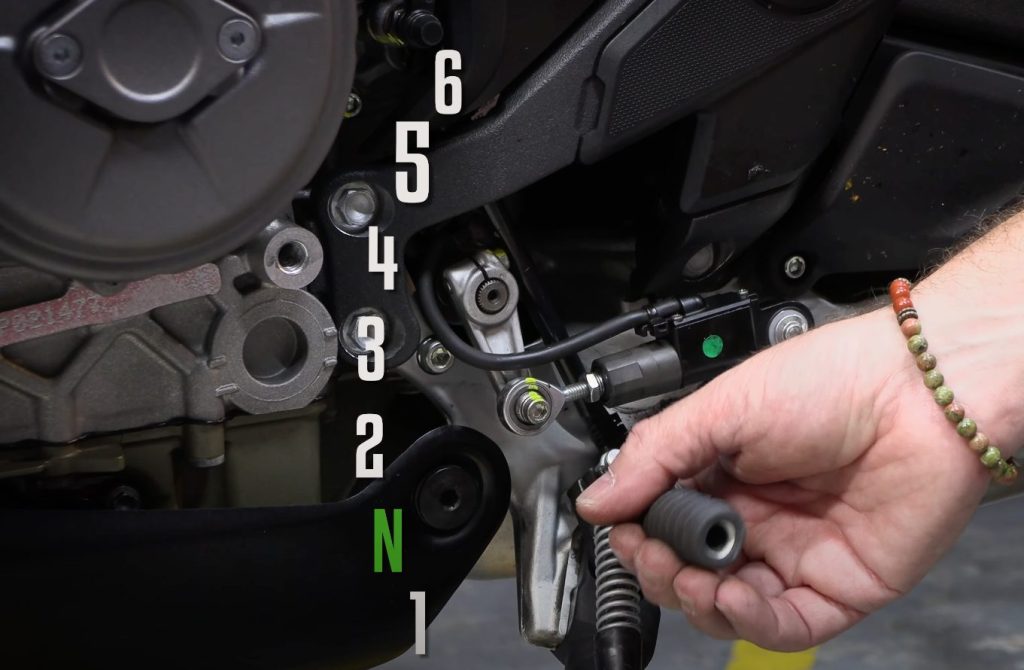
When downshifting, you move in reverse order. Neutral is placed between first and second gear to prevent accidentally dropping into neutral when slowing down.
How to Shift Smoothly
Follow this sequence for upshifting:
- Roll off the throttle: Ease off the gas.
- Squeeze the clutch: Disengage the engine from the transmission.
- Lift the shift lever: Move to the next gear.
- Ease the clutch out: Reconnect the engine to the transmission.
- Roll on the throttle: Resume acceleration.
For downshifting:
- Roll off the throttle.
- Squeeze the clutch.
- Press the shift lever down: Move to the lower gear.
- Ease the clutch out gradually: Let the engine match the wheel speed smoothly.
Matching Engine Speed to Road Speed
You’ll often hear the phrase “match engine speed with road speed.” Here’s what it means:
- Your engine’s RPM (revolutions per minute) should correspond to your current speed and gear.
- For example, at 2,000 RPMs, shift into second gear. At 3,000 RPMs, shift into third gear, and so on.
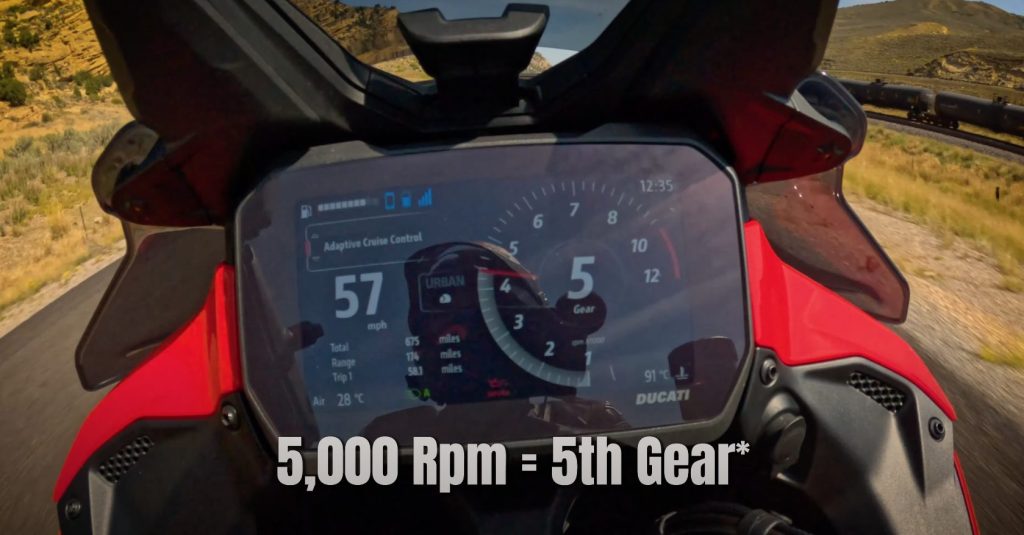
If your bike has a gear indicator, use it. If not, pay attention to the relationship between speed and RPMs. When the RPMs are too low for your speed, it’s time to downshift.
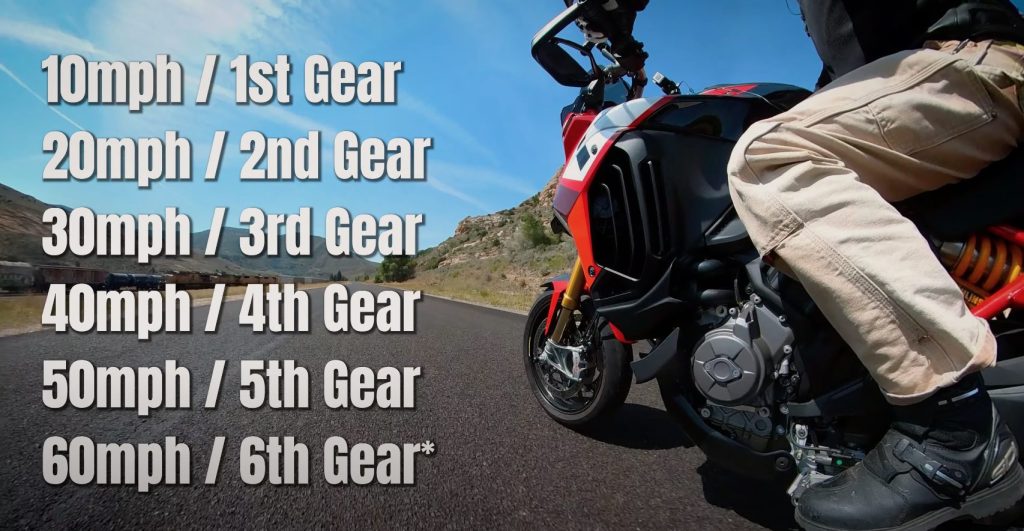
Starting and Stopping
- Start your bike in neutral.
- Squeeze the clutch and press down into first gear.
- Slowly release the clutch without applying throttle until the bike starts to roll.
- To stop, roll off the throttle, squeeze the clutch, and use your brakes. Downshift as you slow so you’re in first gear when you stop.
Pro Tip: Always downshift as you slow down. If the light turns green before you stop, you’ll be ready to accelerate without stalling.
What About Shifting Without the Clutch?
Clutchless shifting (or quick-shifting) is possible but requires precision. Unless your bike has a quick shifter or Honda’s E-Clutch system, avoid it for now. For most motorcycles, improper clutchless shifting could damage the transmission.
The Importance of Practice
Practice makes perfect, and clutch control is no exception. Start in a quiet parking lot and practice these skills:
- Smooth starts without throttle.
- Controlled stops while downshifting to first gear.
- Upshifting and downshifting in sequence.
With enough repetition, these movements will become second nature.
Special Mention: Honda’s E-Clutch
If the clutch feels overwhelming, consider Honda’s revolutionary E-Clutch system. It allows you to shift without worrying about the clutch but still lets you practice traditional clutch control if you want.
Conclusion
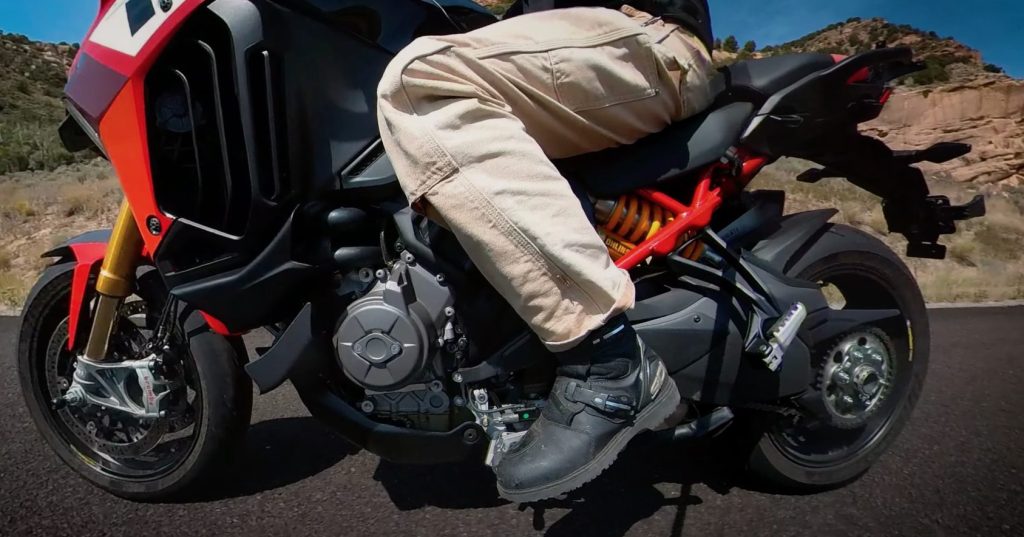
Learning to use a motorcycle clutch may seem daunting at first, but it’s a skill that will become second nature with time and practice. Whether you’re mastering the basics or exploring advanced techniques, remember that every rider started exactly where you are now.
